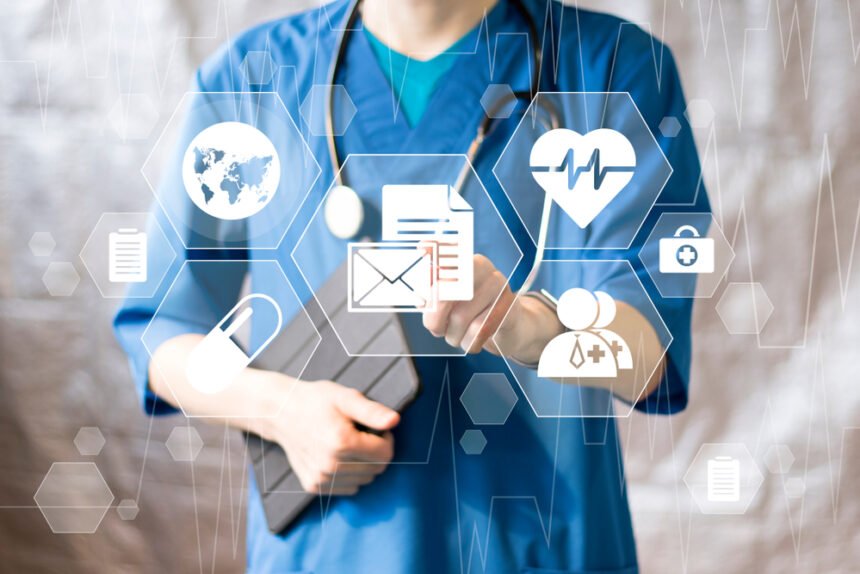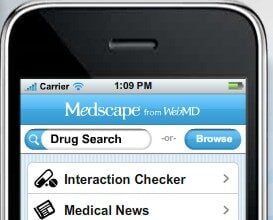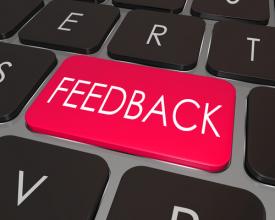There are always things that you can do to improve patient care. Many of them involve investing in new technology.
While there are many areas where efficiency could be improved in an EMS organization, using better electronic patient care reports (ePCR) software is a solution that offers no practical downsides and dramatically improves efficiency without compromising on the quality of care.
An EMS ePCR software is designed to help EMS agencies quickly and accurately document patient data and tracking. These solutions are specifically designed to save time while allowing secure and transparent tracking at every step in the care continuum.
Less time spent completing documentation and navigating red tape means that EMS crews are able to hit the ground running. It also means they can also be sent out sooner and more often.
If you’re in the market for new ePCR software for your EMS agency, below are a few reasons why you’d want to choose one that’s specifically designed for efficiency.
1.) Better ePCR Software Saves Time in the Field
EMS ePCR systems are designed to replace traditional paper forms and templates used out in the field. Filling out paper forms the old-fashioned way can take up several minutes per trip and detracts from the more immediate needs of emergency care. However, because of the need to document the type of care given to a patient, this is a part of EMS that could not be done away with.
Using ePCR software instead of paper forms can dramatically cut the time needed to fill out this necessary documentation, allowing it to be completed in seconds rather than minutes. This allows crew members to spend more of their time administering care, and less time getting bogged down in the small details.
This also means more consistent logging of important procedures. If the crew missed any detail, which can easily happen when the crew is administering care or distracted by other tasks, there is a lot less to worry about. The software should have built-in capabilities to inform the crew if there’s essential information that’s been skipped over. Some software even goes the extra step of not allowing reports to be completed until everything’s been properly logged. This, in turn, will greatly simplify billing, as you will see next.
2.) It Simplifies Billing
The application of EMS ePCR software can do a lot to reduce the costs for all involved. The type of care delivered and logged can automatically be converted to billing codes that could immediately be sent to the patients’ insurance companies. Without an ePCR system, it may take hours or days before this data is made available to insurers. All that’s left to do is for the right people to sign off on the forms, something that was arduous when this process was done manually.
What’s more, if the ePCR software is integrated with CAD, a lot of manual processes and their potential errors are further eliminated. As a result, billing delays because of information errors will further be reduced.
This all translates into better care for the patient. Of course, it also greatly benefits your EMS agency as well by making all the necessary billing and invoicing seamless and transparent.
3.) Better Data Standardization
Keeping tabs on patient information is among the biggest challenges in healthcare. This problem is exacerbated by the sheer number of agencies, healthcare providers, and facilities that could be involved in any single case. We would be lucky if the information was all presented in a uniform format, which is rarely the case.
Using EMS ePCR software can go a long way into mitigating these problems, especially if you choose one which has customizable templates. This can allow your agency to follow any standards within the area you service, or to standardize information presentation within your agency.
What this means is less confusion about the patient’s condition or what emergency care they have previously received, which means they get treated faster and can expect better outcomes than they would otherwise.
4.) Faster, more accurate, and secure record-keeping
As mentioned earlier, most ePCR software have built-in rules in place that won’t allow reports to be completed until all the important information is properly logged.
Another benefit of inputting data this way is that patient records could be immediately saved in the cloud. There, the properly formatted info is ready to be used by authorized personnel, whose access sessions could be logged automatically. Compared to paper forms or storing data in in-house servers, this greatly improves both access by relevant parties as well as security. By contrast, not only are paper forms inconvenient to share, there is no secure way of knowing who reads through paper records.
Conclusion
As discussed, more efficient EMS ePCR platforms are not just for the convenience of the EMS providers or other people in the healthcare delivery system. These platforms have directly and indirectly saved the lives of patients wherever they have been employed. By allowing crews to focus on delivering emergency care, ePCR software doesn’t just help your agency’s bottom line. It improves the overall quality of patient care as well.







